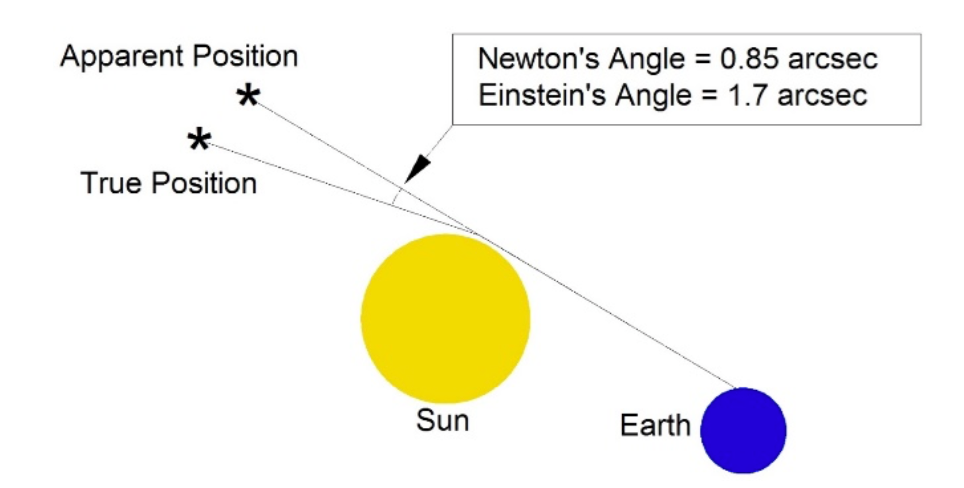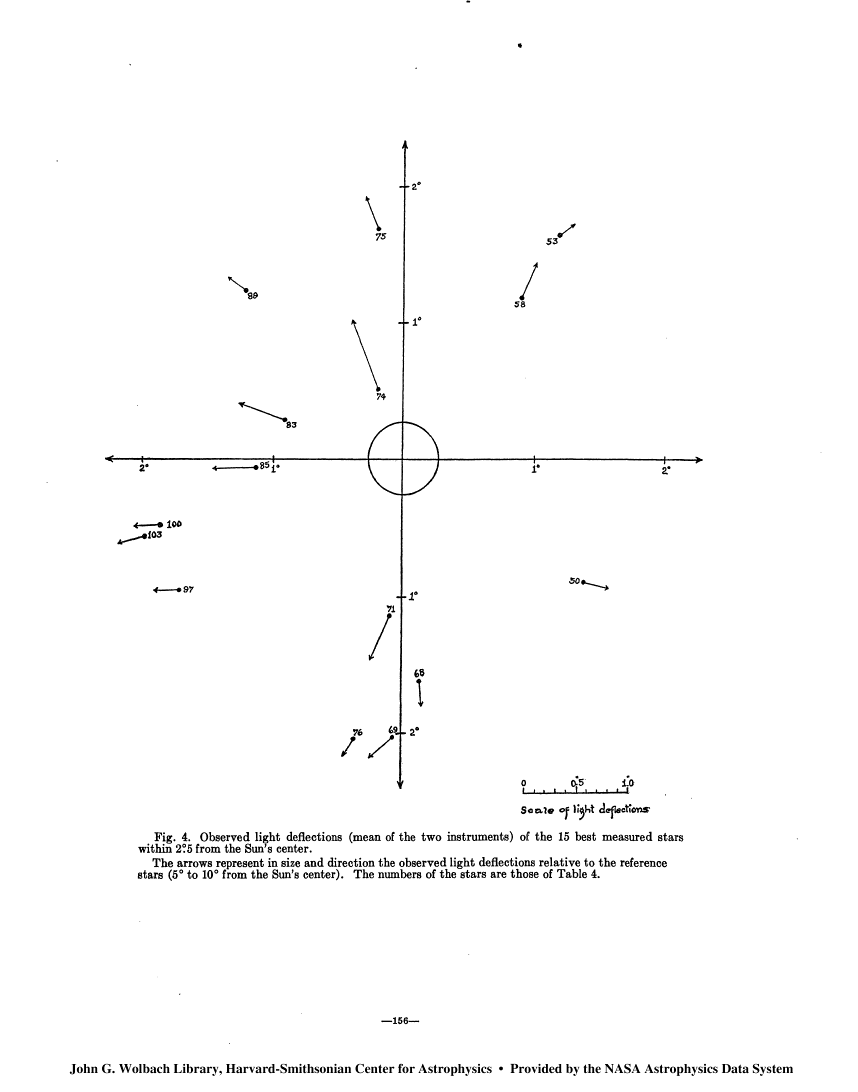
From “Measuring Starlight Deflection during the 2017 Eclipse: Repeating the Experiment that made Einstein Famous,” Donald Bruns
Even with high quality equipment, it will be challenging to make measurements of the tiny deflections expected. There are some helpful references available on the web; some are encouraging, others are scary. Here are a few:
Measuring Starlight Deflection during the 2017 Eclipse: Repeating the Experiment that made Einstein Famous:
http://www.skyandtelescope.com/wp-content/uploads/Bruns-SAS2016-paper-v7.pdf
An update from Bruns:
my-do-it-yourself-relativity-test
http://deluxeeclipsetours.com/uncategorized/modern-eddington-experiment
https://eclipse2017.nasa.gov/testing-general-relativity
After reviewing them, is not clear to me whether my equipment and technical abilities will be able to find the small signal in a big noisy field, but I will enjoy the attempt.
Here is my star deflection measurement outline. It comprises distinct image and data processing stages, which I demark by the following labels, and will subsequently refer to:
EE-1. Detect star locations in the “before” and “during” images. These will be pixel locations relative to the image origin (upper left corner).
EE-2. Transform the image into a standard orientation where the sun is at the exact center, and two reference stars are at the correct relative angles to it. Do this for both before and during images.
EE-3. Solve the “rigid point set registration” problem that best aligns the stars between the two images. Do not allow scaling, only translation and rotation.
EE-4. Measure the radial distance from the (sun’s) center for each of the stars in the field and compare their relative values. They are expected to fall on a 1/R curve and at a value that matches Einstein’s predictions. The differences will be small, a pixel or less.
These all sound quite doable, but of course there are details. I will describe some of them for each step in what follows. If all goes well, perhaps I will end up with a chart like Eddington’s:


Pingback: The “Modern Eddington Experiment” | Spontaneous Emissions